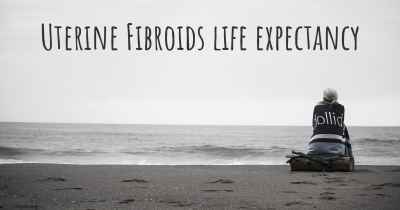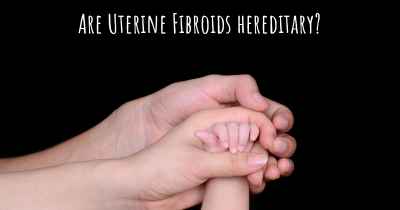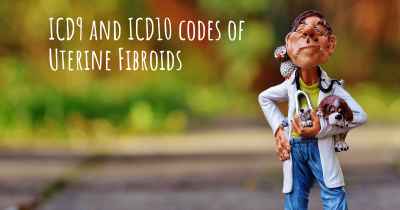How are Uterine Fibroids diagnosed?
See how Uterine Fibroids are diagnosed. Which specialists are essential to meet, what tests are needed and other useful information for the diagnosis of Uterine Fibroids

How are Uterine Fibroids diagnosed?
Uterine fibroids, also known as leiomyomas, are noncancerous growths that develop in the uterus. These growths can vary in size and number, and they are quite common among women of reproductive age. While many women with fibroids may not experience any symptoms, others may have heavy menstrual bleeding, pelvic pain, frequent urination, or difficulty getting pregnant. If you suspect you have uterine fibroids, it is important to consult with a healthcare professional for an accurate diagnosis.
Medical History: The first step in diagnosing uterine fibroids is a thorough medical history evaluation. Your healthcare provider will ask you about your symptoms, menstrual cycle, and any relevant medical conditions. They will also inquire about your family history of fibroids or other reproductive disorders, as there may be a genetic component to their development.
Physical Examination: After discussing your medical history, your healthcare provider will perform a physical examination. This typically includes a pelvic exam, where the doctor will feel your uterus and ovaries to check for any abnormalities in size, shape, or texture. They may also examine your abdomen to assess the size of your uterus.
Imaging Tests: To confirm the presence of uterine fibroids and gather more detailed information, imaging tests are often used. These tests allow healthcare professionals to visualize the uterus and fibroids, helping them make an accurate diagnosis. The most common imaging tests used for diagnosing fibroids include:
- Ultrasound: This non-invasive test uses sound waves to create images of the uterus and fibroids. It can help determine the size, location, and number of fibroids present. Transvaginal ultrasound, where a small wand is inserted into the vagina, may be used for a more detailed examination.
- Magnetic Resonance Imaging (MRI): An MRI provides detailed images of the uterus and fibroids using a magnetic field and radio waves. This imaging technique can help differentiate fibroids from other conditions and provide information about their characteristics.
- Hysterosonography: This procedure involves injecting saline into the uterus to expand it, followed by an ultrasound to obtain clearer images of the uterine lining and any fibroids present.
Other Tests: In some cases, additional tests may be necessary to gather more information or rule out other conditions. These tests may include:
- Hysteroscopy: A hysteroscope, a thin tube with a light and camera, is inserted through the vagina and cervix to examine the inside of the uterus. This procedure allows for direct visualization of the uterine cavity and any fibroids present.
- Endometrial Biopsy: In this procedure, a small sample of the uterine lining is taken and examined under a microscope. It helps rule out other conditions that may cause similar symptoms.
- Blood Tests: While there are no specific blood tests to diagnose fibroids, certain blood tests may be performed to evaluate hormone levels or rule out other conditions.
Once a diagnosis of uterine fibroids is confirmed, your healthcare provider will discuss treatment options based on the size, location, and symptoms associated with the fibroids. Treatment options may range from watchful waiting for asymptomatic fibroids to medication or surgical interventions for more severe cases.
In conclusion, diagnosing uterine fibroids involves a combination of medical history evaluation, physical examination, and imaging tests. These steps help healthcare professionals accurately identify the presence, size, and location of fibroids, allowing for appropriate treatment decisions.








